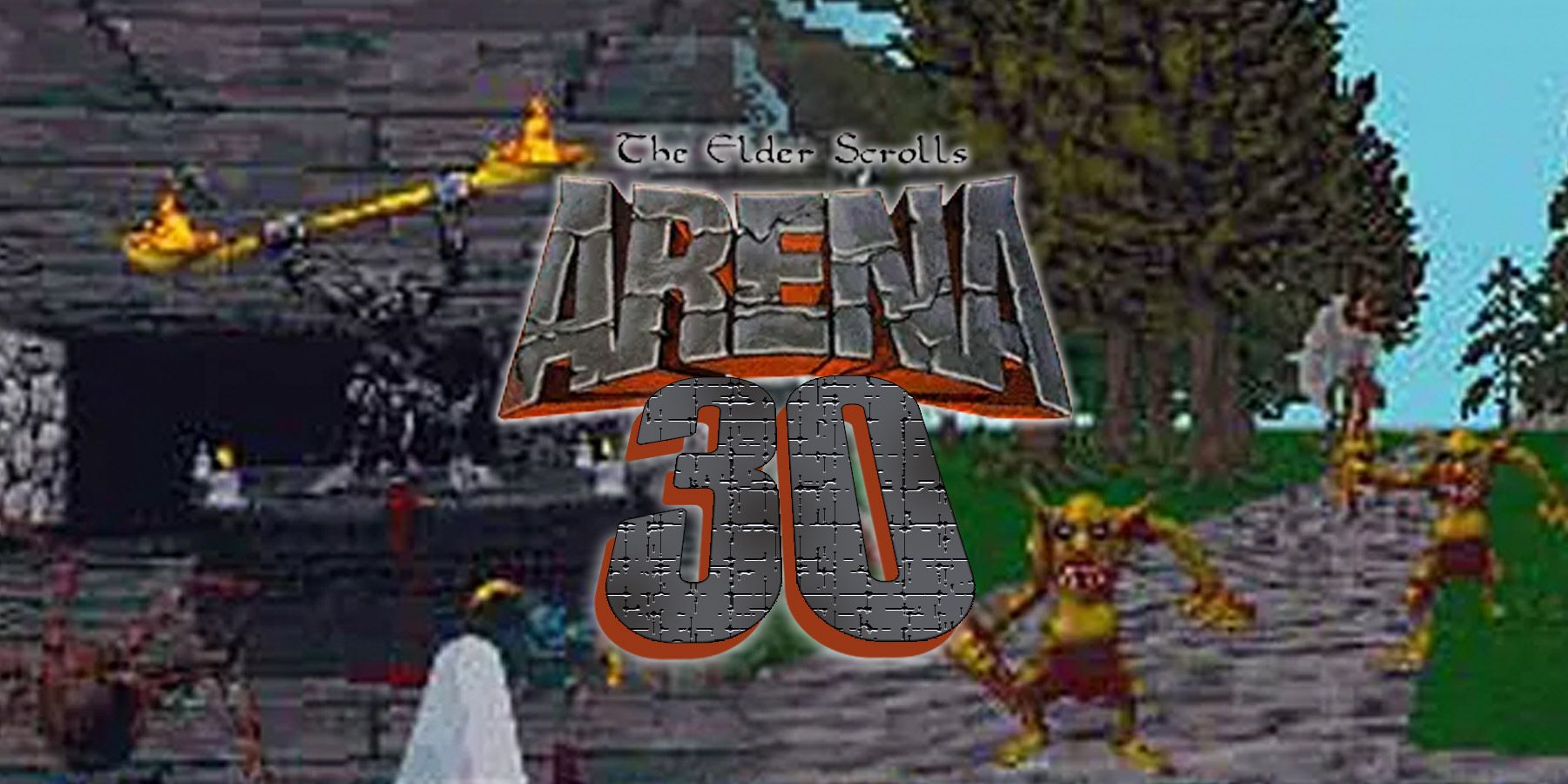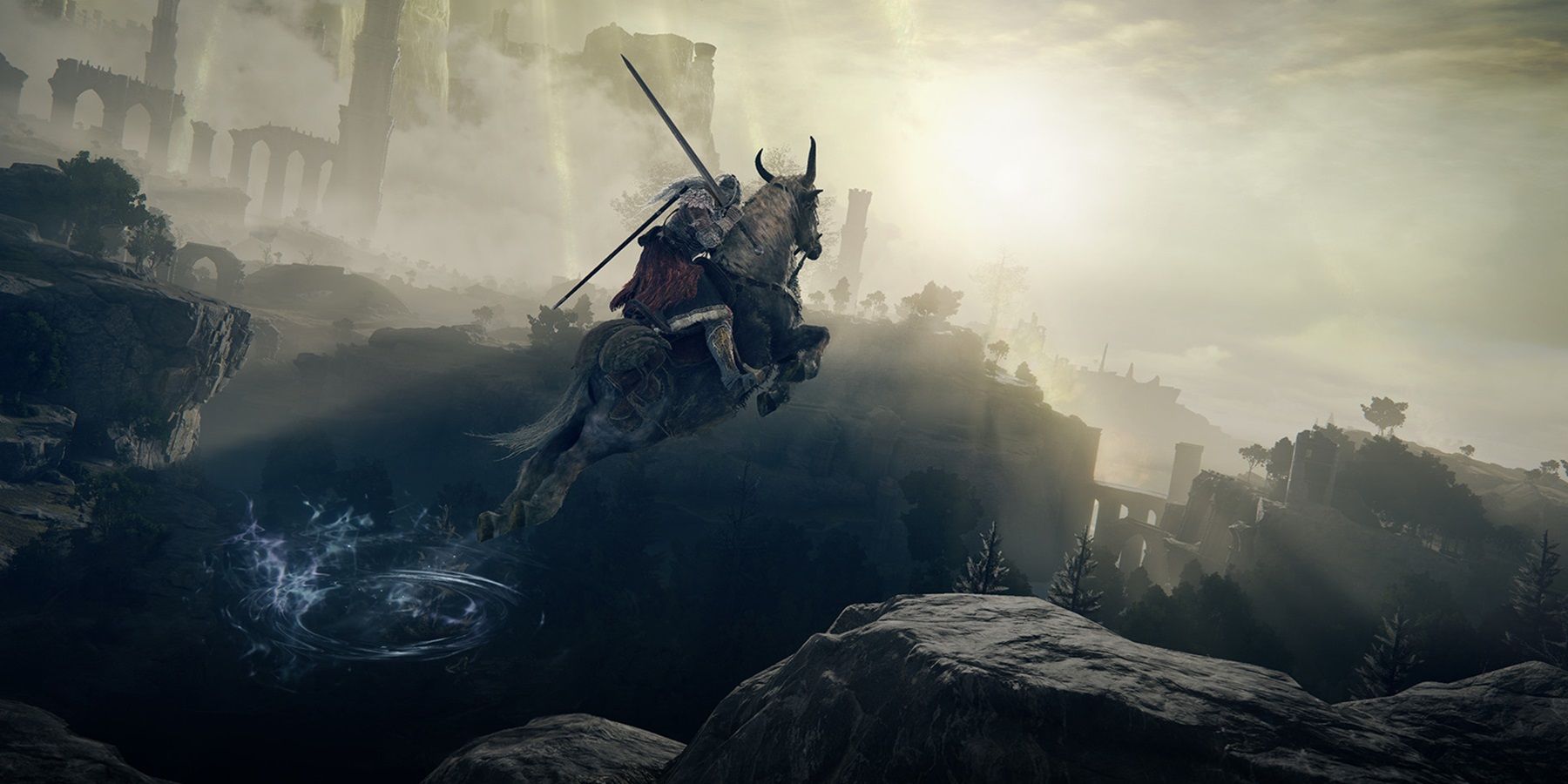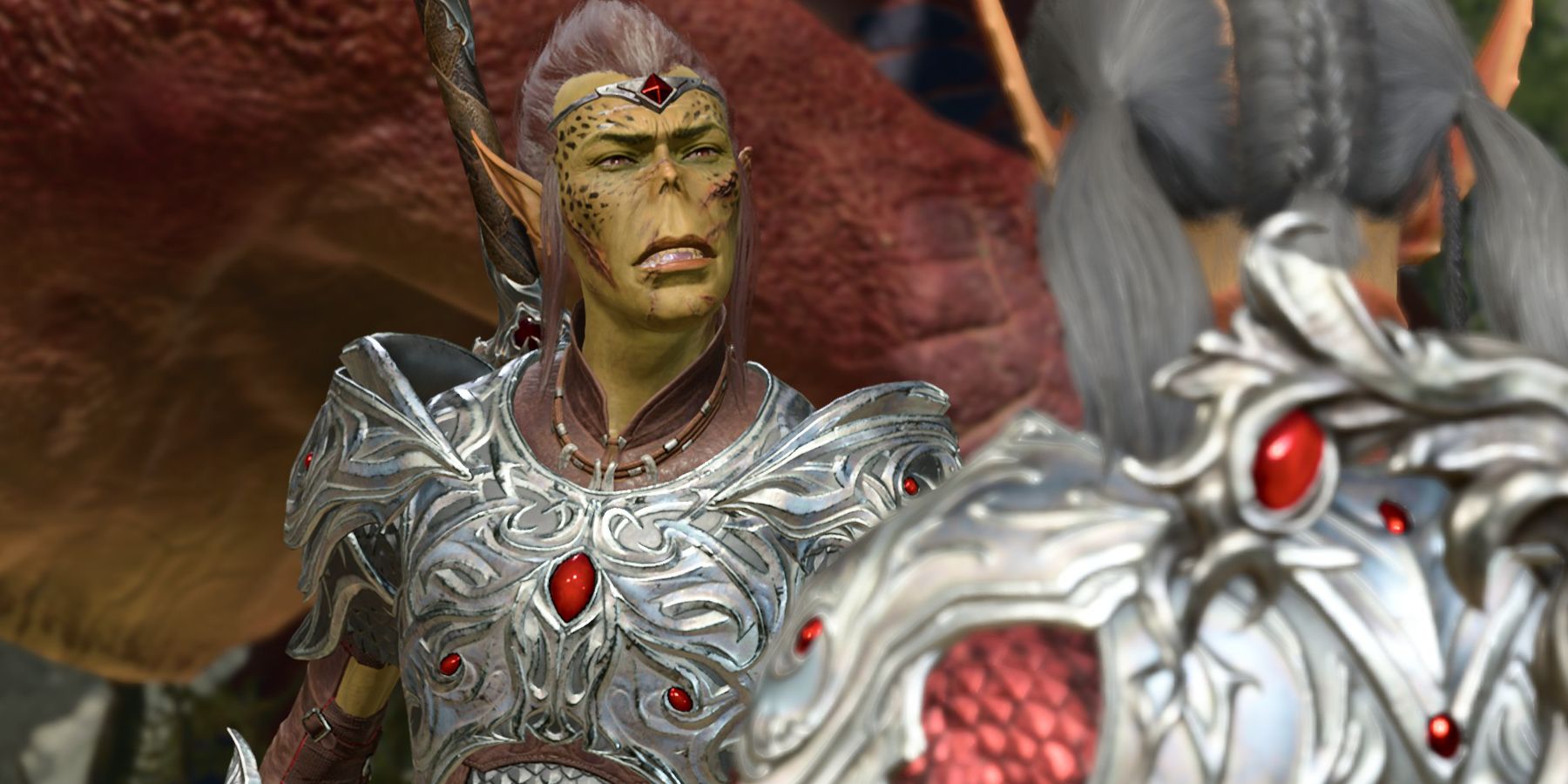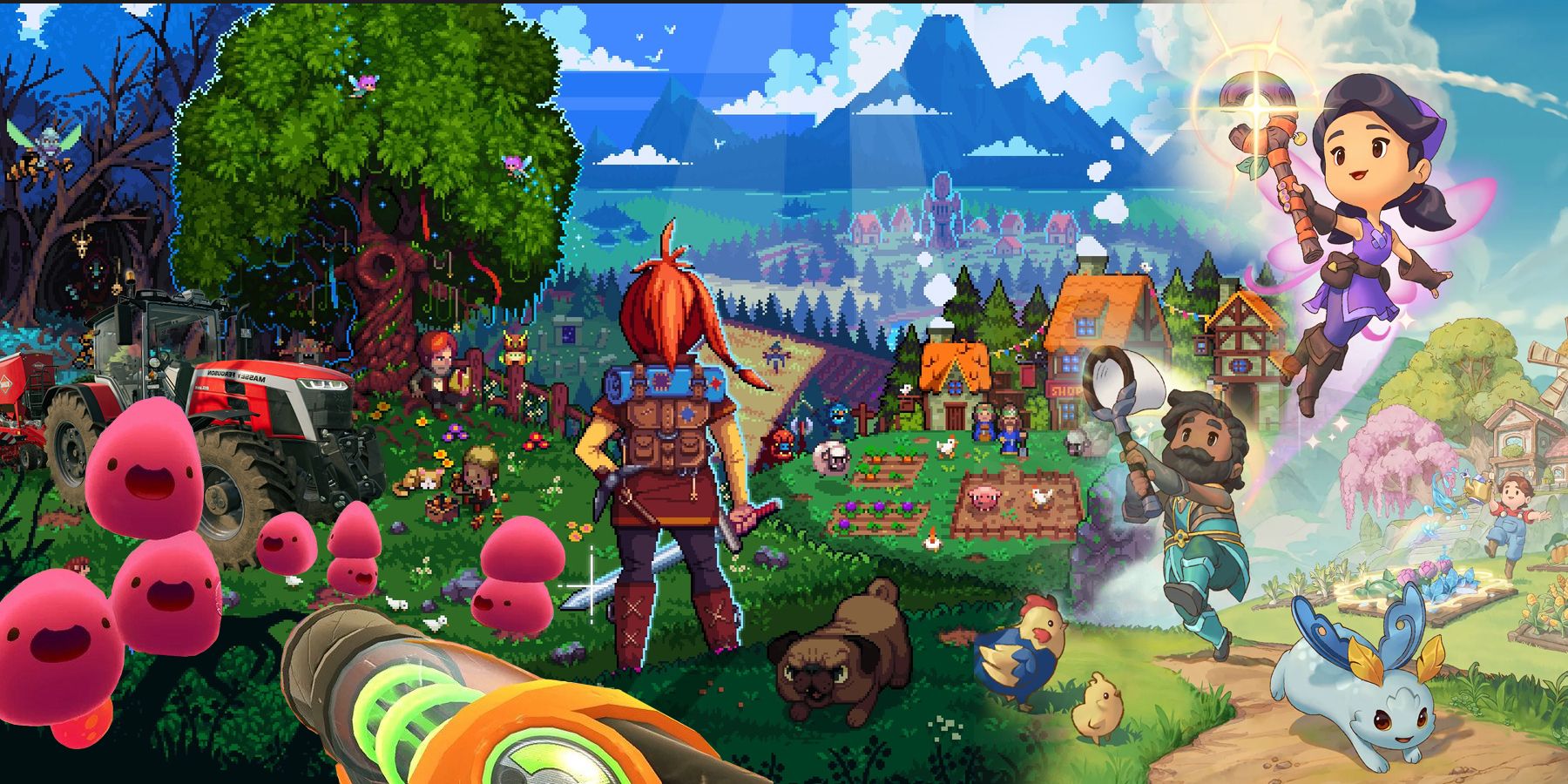Highlights
- Arena set the groundwork for the expansive world of The Elder Scrolls, lacking player freedom but establishing key lore and characters.
- Bethesda’s RPG success stemmed from Arena, showing a shift from linear dungeon crawling to the immersive open-world TES is known for.
- The ethos of player exploration remains central in modern TES games, evolving from Arena’s humble beginnings into a landmark RPG franchise.
Long before the prolific success of its franchise, The Elder Scrolls: Arena was released back in 1994 as just another fantasy RPG of that era. Titled after a previous iteration of the game that was scrapped, the first outing in Bethesda’s iconic series would go on to serve as the foundation for follow-ups that were far more conceptually developed. The freedom offered to players is often considered the main draw of The Elder Scrolls‘ open-world design, but this approach to gameplay wasn’t actually present in the comparatively linear, yet somehow massive Tamriel of Arena.
Fans of The Elder Scrolls are used to having entire games focused on one specific province of the world at a time, but these locations were all accessible in The Elder Scrolls: Arena. Capturing the scale and detail that players associate with the likes of Skyrim and Cyrodiil wasn’t quite achievable with the technology of the 90s, however, and later versions of Tamriel’s nations are hardly recognizable when compared to their original counterparts in several cases. There may have been a much greater emphasis on the dungeons of Arena than the lore of its world or the depth of its towns and cities, but there are still elements of the game that reveal an early focus on player freedom.
Skyrim: The Mystery of Kagrenzel Explained
All of Skyrim’s Dwemer Ruins are shrouded with mystery, but Kagrenzel takes the cake with its screeching orb and deadly drop.
Bethesda Had No Experience Developing RPGs
Prior to the founding of the Bethesda Game Studios division that exists today, Bethesda Softworks was a studio that originally began in 1986 and was relatively unremarkable until the unexpected success of Arena. A licensed Terminator title on MS-DOS was the biggest project released by the developer up until that point, and the concept of The Elder Scrolls arose from the appreciation that a few members of the company had for the RPG as it existed at the time.
Built on a Foundation of Playing TTRPGs
While the current director of Bethesda’s development division, Todd Howard, is heavily associated with the legacy of the company and The Elder Scrolls despite not being around for its initial creation, Julian Lefay, Vijay Lakshman, and Ted Peterson were the staff who “spear-headed” the franchise with their work on Arena. Influenced by games of the time such as Ultima Underworld and Legends of Valor, which were in turn inspired by the mechanics of tabletop dungeon crawlerDnD-style systems, the simple love these developers had for old school RPGs preceded the expansive world of Tamriel which grew from this first project.
Concepts like Imperials and Daedra Weren’t Present
Players delving into Arena are sure to encounter some familiar concepts that appear in later TES titles, but many of these would see huge changes and further development from their first iterations. Apart from the complete lack of Imperial humans, despite the presence of the Imperial Province, later known as Cyrodiil, there are other major examples, such as The Elder Scrolls: Arena‘s Khajiit race appearing as humans with face paint instead of actual feline humanoids. Artifacts scattered throughout the world act as Arena‘ best items, but figures like Daedric Princes which would later be associated with them hadn’t even become the named characters known today.
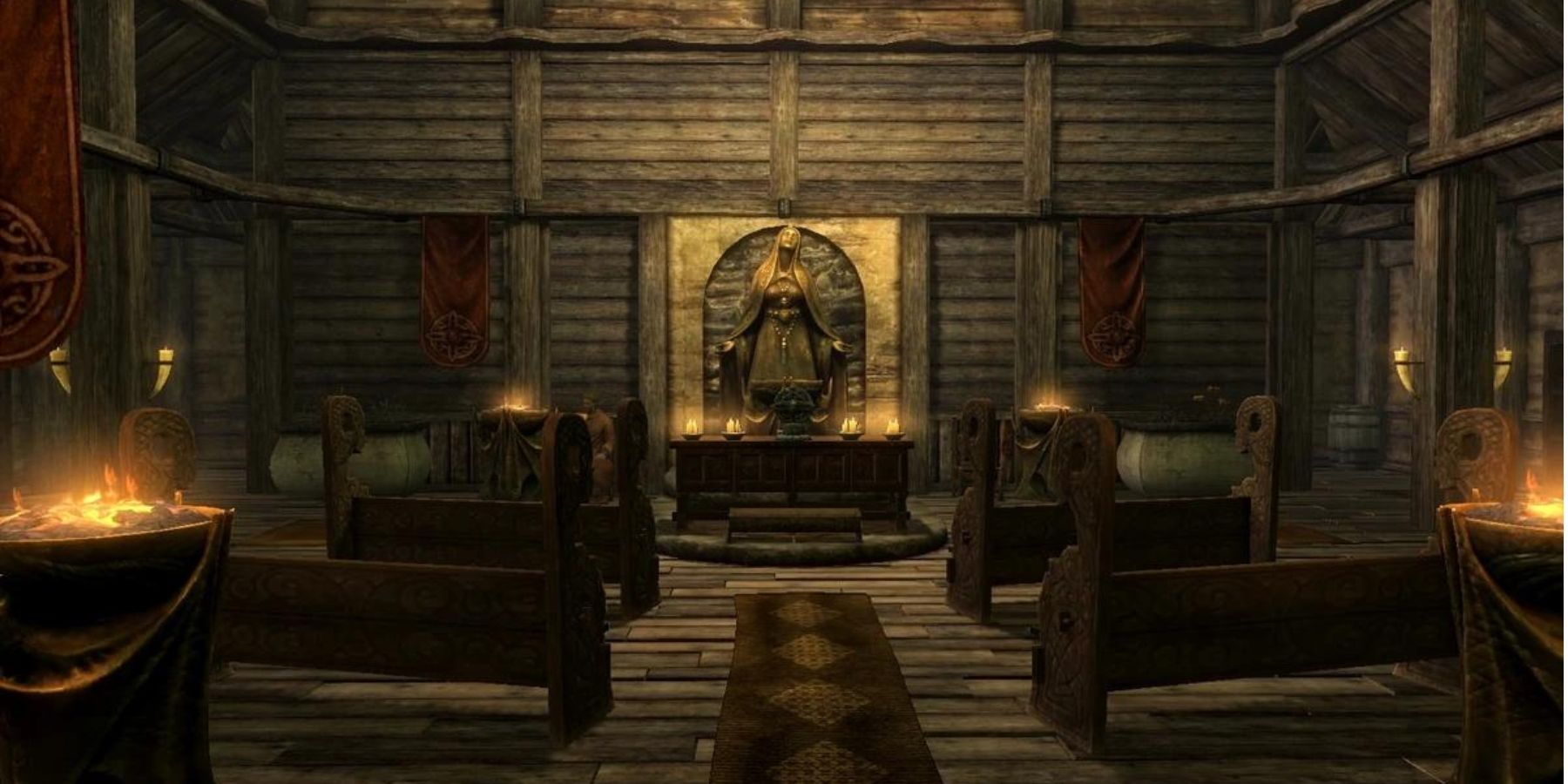
The Elder Scrolls 6 Has to Improve on How Romance and Marriage Works in Skyrim
Skyrim brought romance and marriage to The Elder Scrolls, but something more will be needed to make The Elder Scrolls 6’s romances compelling.
TES’ Provinces Essentially Began as Different Levels
The expansive world-building of The Elder Scrolls has allowed it to be compared to some of the fantasy genre’s biggest pillars in terms of lore, but the nations of Tamriel have an origin that is much closer to a direct gauntlet of video game levels. There’s a linear order of dungeon progression to follow in order to collect the pieces of the Staff of Chaos necessary to defeat TES Arena antagonist Jagar Tharn, and locating these respective areas takes the player across the continent in what is canonically a decade-long adventure.
The Procedurally Generated Tamriel of Arena
A Heavy Focus on Dungeon Crawling Came at a Cost
The hardcore design of Arena‘s dungeon crawling, which has even led to many players recommending the assistance of external guides, has been praised by those who don’t find as much satisfaction in the same aspect of TES‘ more recent releases. The first entry still clearly lacked the focus on sidequests and characterizing the overworld that would later follow, however, leading to a general sense of homogeneity not only between towns, but the entire game world of Tamriel as a whole.
In an archived interview with Morrowind Italia from 2001, Ted Peterson reflected on how this compromise was motivated by a lack of resources:
“In hindsight, it would have been nice to make the cities more distinctive, but we had to reuse so many assets to populate a continent. Also, we had no idea that side quests were going to be so popular, that people would be running around doing quests for kings instead of following the linear progression of dungeon to dungeon…”
Bethesda Has Since Built Up Nearly Everything Established by Arena
The Elder Scrolls’ World Has Risen Above Humble Beginnings
It could be said that the lore that Arena introduced was merely a pastiche of different fantasy tropes of the time mixed together with a similar sense of novelty found in a typical TTRPG campaign, but Tamriel has grown into a world of rich history and distinct identity that has since contributed to making TES one of the best-selling video game franchises of all time. Whether it is building off of ideas like the Temple of the Mad God to create the Daedric Prince Sheogorath, or completely redesigning the aesthetics of Morrowind and Black Marsh, later games were only able to achieve their immersive experiences through iterating on the broad strokes that Arena first made.
The Same Ethos of Arena Still Applies to Modern TES
There’s a shift in how the world of Tamriel has been presented over the years, but the core value of player exploration in the RPG genre has only gotten stronger as The Elder Scrolls has aged. Todd Howard gave a speech at DICE in 2012 in which he specifically highlighted the direct similarities between a 1994 review of Arena by PC Gamer and the positive sentiment around Skyrim at the time, an indication that Bethesda has only sought to grow the same vision into something bigger with each entry. It’s still unknown what direction TES6 will take, but the legacy of one of gaming’s landmark RPG franchises has the potential to support new adventures in TES‘ Tamriel for decades to come.
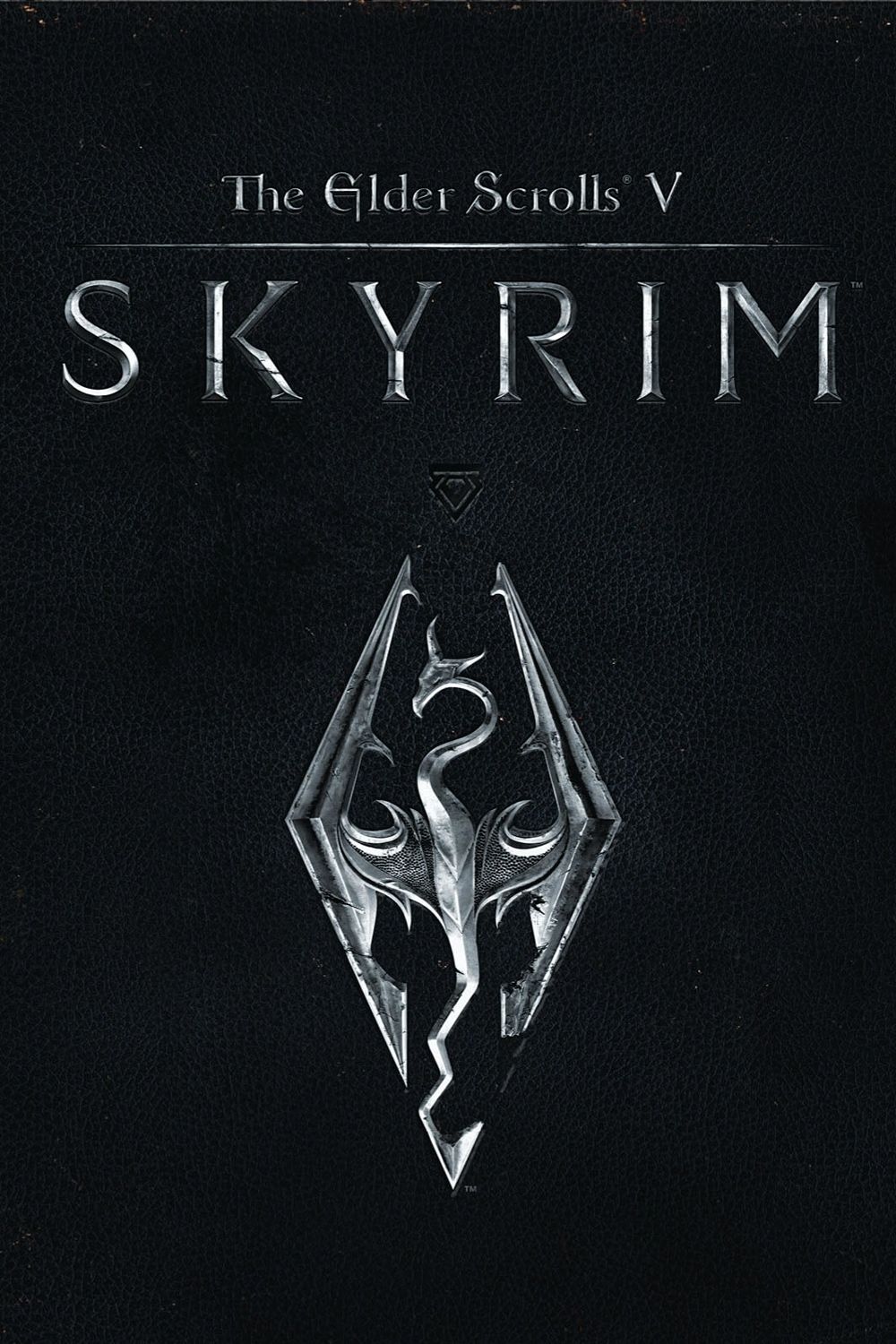
Skyrim
Skyrim is a beloved game for a reason. There is so much to do in the game, and with the new anniversary updates, even veteran players will have a fresh experience if they haven’t played it in a few years.
Perfect for players who want to play Skyrim on the go, but don’t have a Steamdeck or another portable gaming system, this deal is likely not going to be repeated until end of year sales start going. Take the opportunity now to become the dragonborn on the Switch!
- Released
- November 11, 2011
- How Long To Beat
- 26 Hours
- Engine
- Creation
- ESRB
- M for Mature: Use of Alcohol, Blood and Gore, Intense Violence, Sexual Themes
- Expansions
- Skyrim: Dragonborn , Skyrim: Hearthfire , Skyrim: Dawnguard
- X|S Enhanced
- Yes
- File Size Xbox Series
- 29 GB (December 2023)
- Metascore
- 96
- PS Plus Availability
- Extra & Premium


